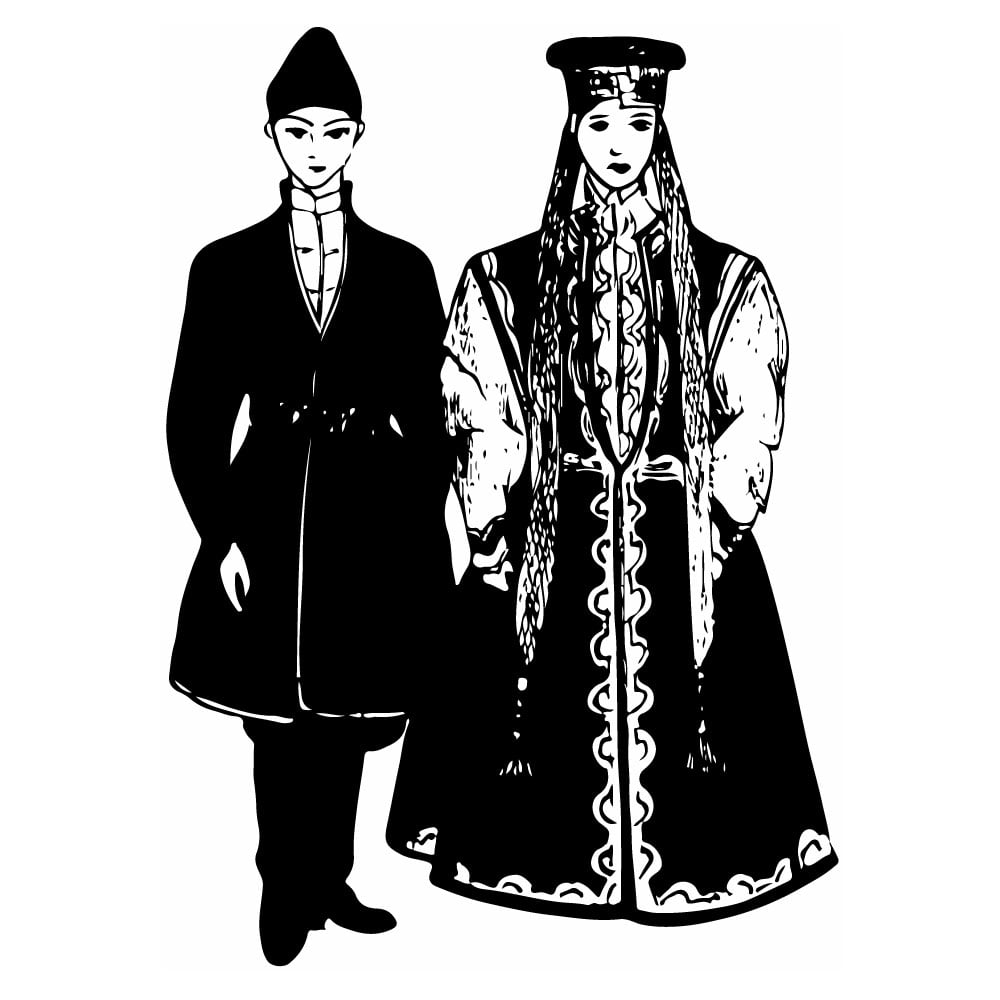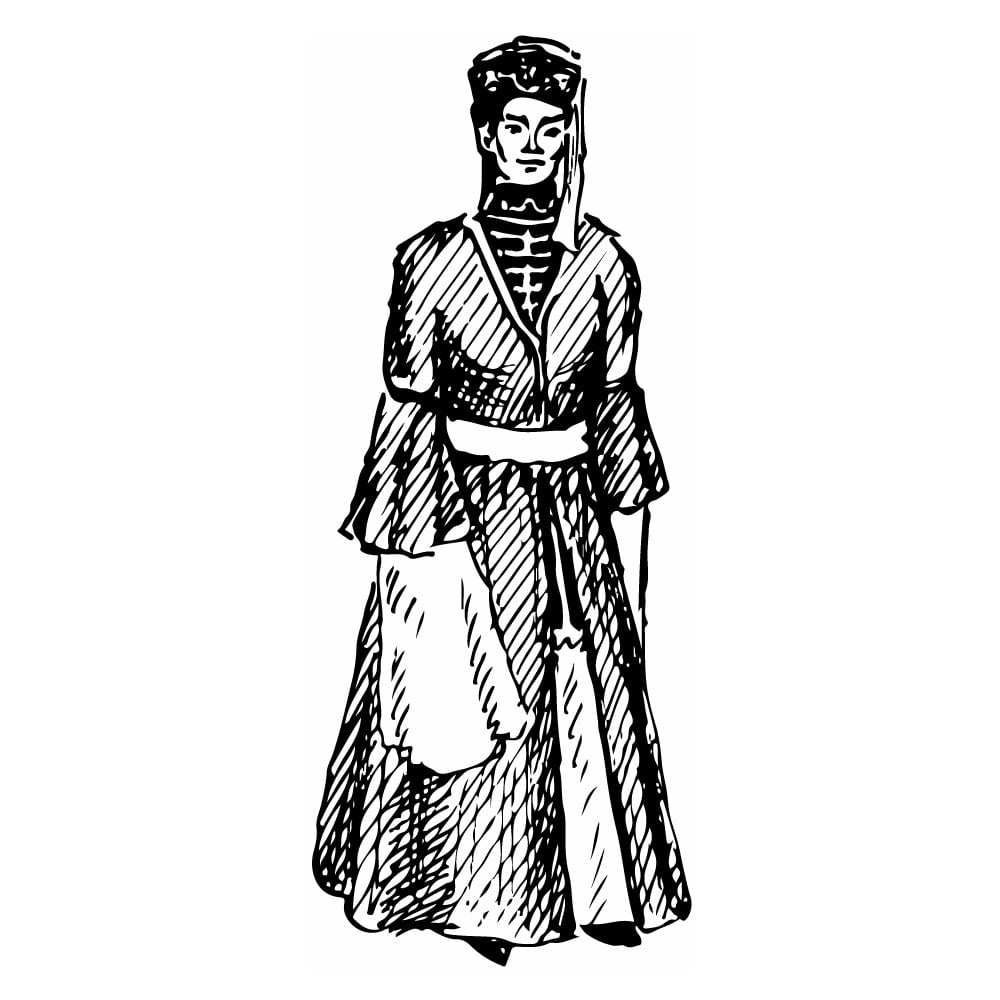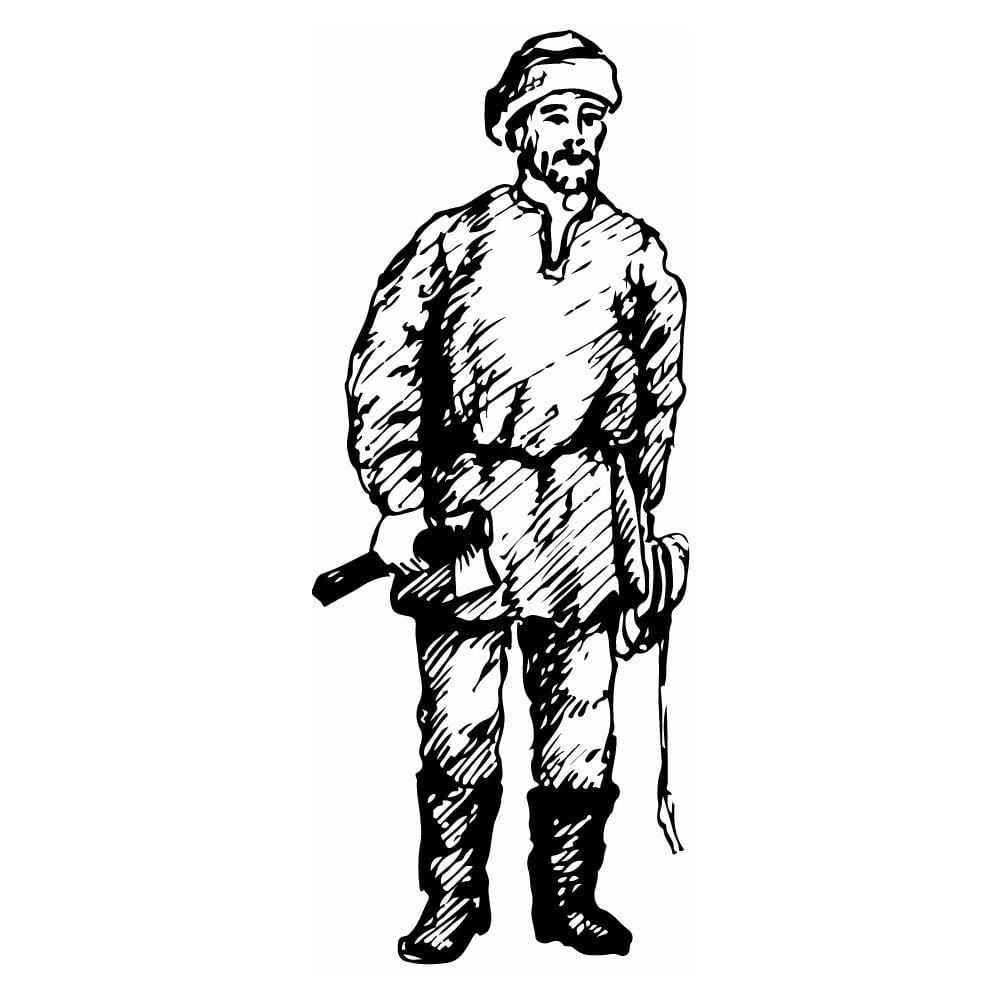Selkup
| Population | 3,600 |
| Language group | Samoyedic of Ural languages |
| Language | Selkup |
| Region | Yamalo-Nenets national region |
| Religion | Christianity, Shamanism |
*Population estimates for 1994
The Selkups didn’t have their own self-designation. The name “ Selkups” originates from self designation of the northern Selkups naming themselves “Solkup” or “Sholkup” which means “a man of taiga.” The Selkups were formed as a nation because of the continuous and complex ties of the Samoyedic aborigines from the Sana highland in the first century AD. Signs of the aborigine tribal life can be seen in different places of the present day Selkup territory. At the end of the sixteenth century the authentic historical information about the Selkups appeared. At that time the Selkups were named the Skewbald Horde in Russian acts.
Hunting and fishing were the main kinds of occupation for the Selkup people. The Northern Selkups were more into reindeer-breeding. This was not only a source of food, but their transportation as well. During the last half of the century Selkups’ mode of life has been greatly changed. Besides their main occupations they have some secondary trades such as gathering nuts and berries. The Selkup farming culture and mode of life is much like that of their neighbors, the Khants and the Mansi.
The winter clothes of the Northern Selkups was a furcoat made of deer skin with fir outsde called parka. In frosty weather, they would put on a sokuy which is identical to the Nenets hooded furcoat called a sovik.
The men’s clothing consisted of a shirt and trousers made of bought cloth; the women wore dresses. Pimy was their winter footwear. Their clothing was not rich in decoration, nor was there fur embroidering or bead decorations. At the beginning of the twentieth century, the Russian cut of clothing was spread among the Southern Selkups. The men wore the Russian shirts and trousers and dresses and sarafans for women were worn everywhere. Women also wore knitted waist-bands of colored thread.
Even though they were officially considered to be christened, the Selkups continued to practice their ancient religions and rites. They believed in good and evel spirits and the “masters” of forest, water, and so on. The Selkups would make sacrifices to the “masters” in order to have good luck in their lives.
Traditional poetry of the Selkups is represented by legends, fairy-tales, riddles, and proverbs. Their fine arts are represented by ornament on birch bark, dishes, and parts of harness.
This is Ad 1




























